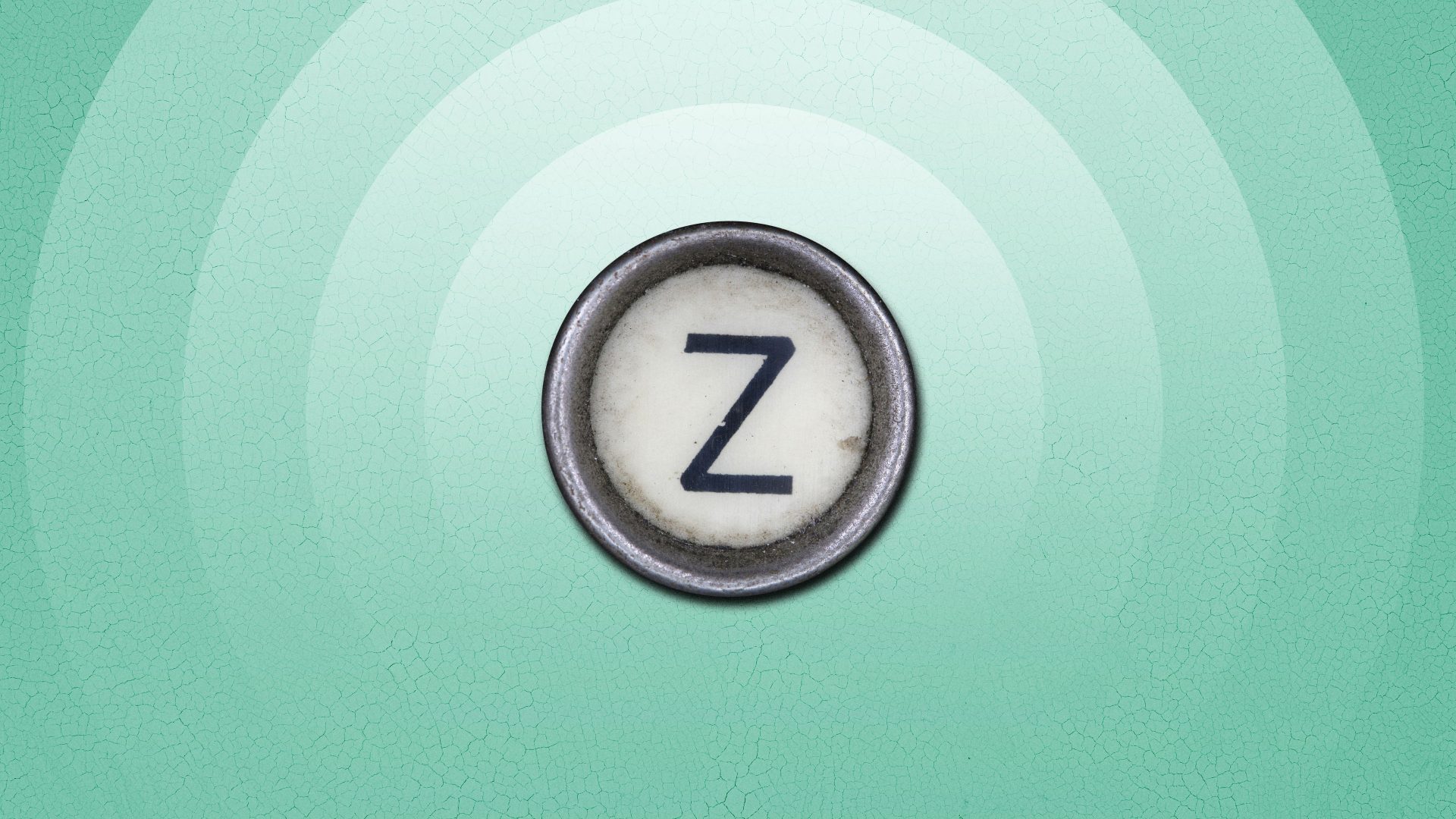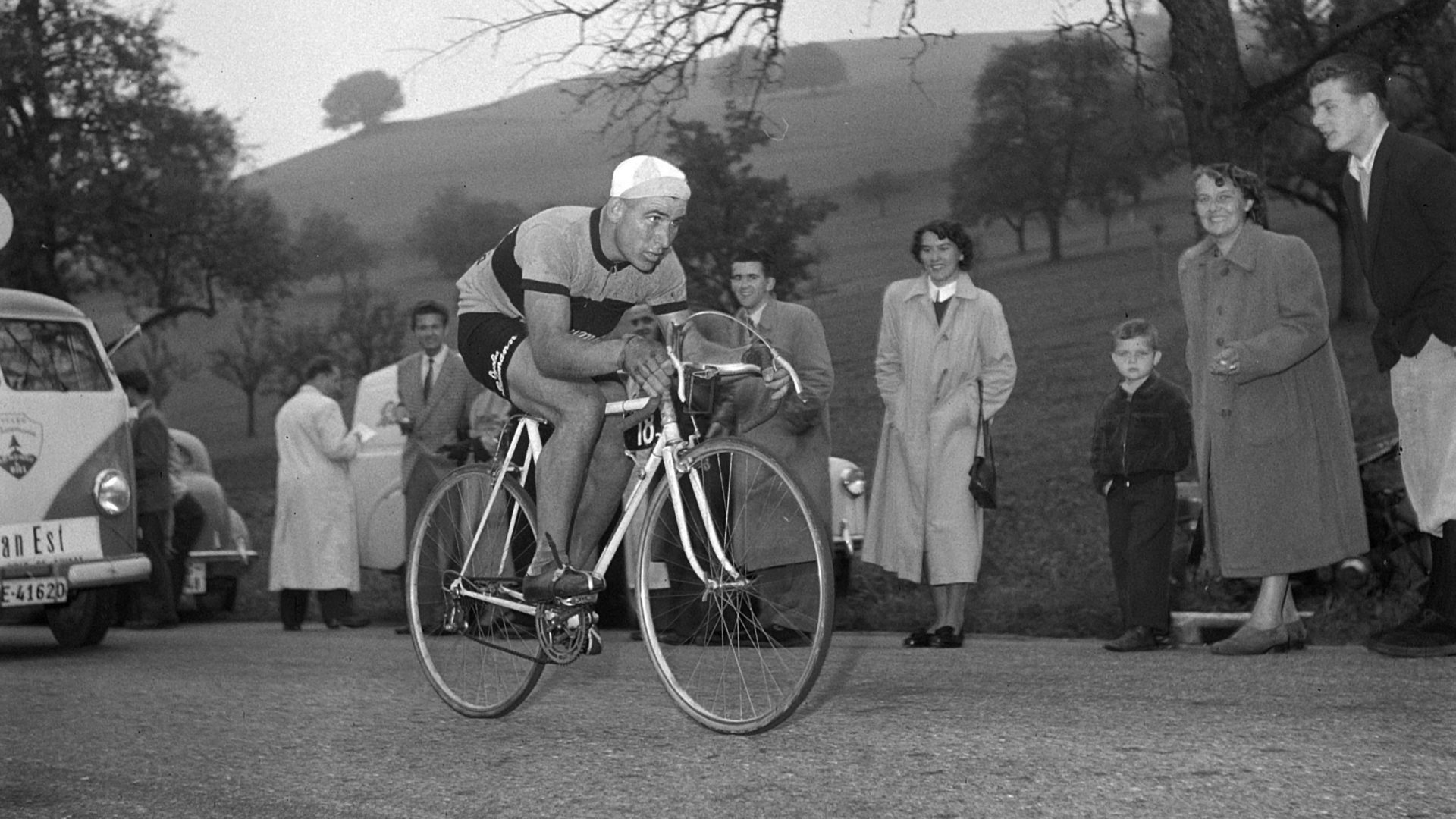Most people in Britain are probably aware that the letter Z, which is called “zed” in Britain and in most other English-speaking countries, goes by the name of “zee” in the USA.
This does of course enable American businesses to resort rather frequently in their advertising to using EZ as a way of writing “easy”. But how did this British-American difference come about in the first place?
There is some evidence that the name of the letter could be zee in England, too, in earlier times; it was certainly current in the USA in the late 17th century. But the American usage could also in part have been reinforced by the fact that a majority of Americans are not descendants of native speakers of English.
Many of the 18th- and 19th-century continental European-origin immigrant Americans, not having had generations of English-language tradition behind them, might simply not have known what the letter was called and made an intelligent, if incorrect, guess on the basis of the names of the letters B, C, D, E, G, P, T and V.
Bearing in mind that rhyme helps children to learn the alphabet when this is done by the typical school-room method of reciting it out loud, calling the letter zee does also have the beneficial result of making the name rhyme with these other letters rather than standing out on its own.
As for the origin of the letter’s name, zed comes from the Ancient Greek letter zeta (pronounced “dzeta”), which was borrowed into Latin as zeta and then became French zède. The Ancient Greek word itself came from the name of the Phoenician letter zayin, which literally meant “sword, weapon”.
Another now obsolete English name for the letter was izzard, uzzard, izzet, or izzart.
It is called zeta in modern Italian, zäta in Swedish, zæt in Danish, zet
in Dutch and Zett in German. The form in Portuguese is zê, which resembles American zee in not containing a d or t.
The letter J also has different pronunciations in different parts of the English-speaking world. In Scotland it is very frequently pronounced “jye”, rhyming with I, the letter which precedes it in the alphabet. Elsewhere in Britain and Ireland it is pronounced “jay”, so as to rhyme with K, the letter which follows it. It was seemingly at one time commonly pronounced “jye” in England also.
The letter H is also interesting. Its English name, “aitch”, was originally ache in Mediaeval English. This corresponded to Old French ache and Italian acca, from Late Latin áha – where the actual sound of the letter is indicated in its name.
There is a long history in Ireland of H being called “haitch” in Catholic schools and “aitch” in the Protestant tradition. But now it is increasingly common in England, too, for the letter to be pronounced as “haitch” by younger people. It has been suggested that this practice was introduced by primary-school teachers in order to make the acquisition of literacy easier for young pupils by including the sound indicated by the letter in the name of the letter itself (as with áha).
Football fans will probably have noticed that the England captain, Harry Kane, is affectionately referred to by his teammates, all of them under 40, as “Haitch”.
KANE
The family name Kane is usually derived from Irish, Scottish or Manx Gaelic-origin forms such as Ó Catháin, MacCatháin, O’Cahan, McCain or Cain which originally signified “son of Catháin”, Catháin being a Gaelic word for “warrior”. The English name Cane more often came from the name of the town of Caen in Normandy.




